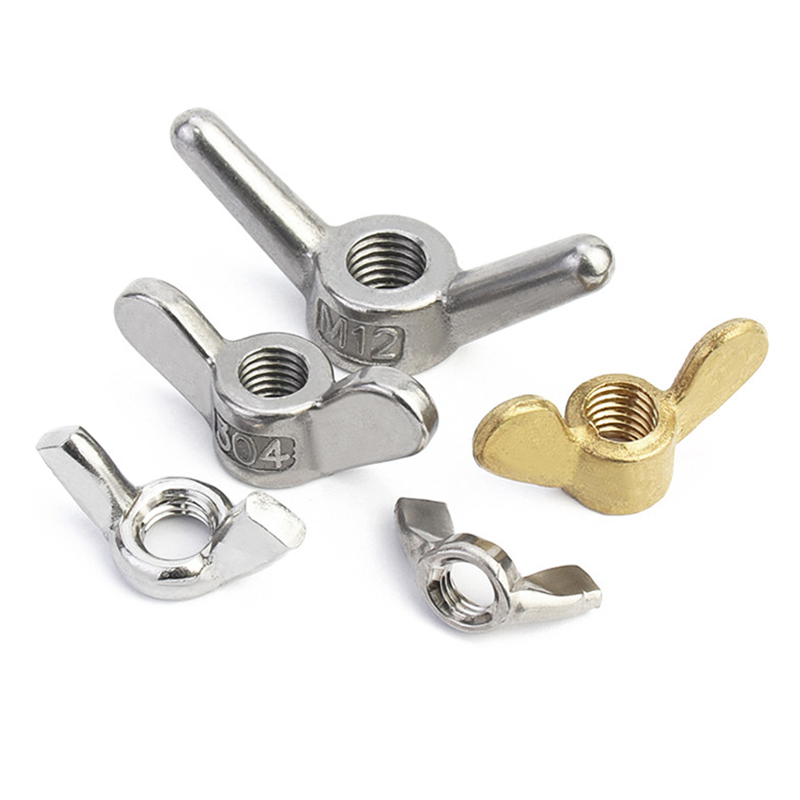

Innovative Push Fasteners for Enhanced Performance and Reliability in Various Applications
Oct . 15, 2024 01:18 Back to list
Innovative Push Fasteners for Enhanced Performance and Reliability in Various Applications
Understanding Push Fasteners An Essential Component in Modern Manufacturing
Push fasteners are integral components widely used in various industries, ranging from automotive to electronics, and even in furniture design. These simple yet effective fastening solutions provide a reliable means of securing components without the need for conventional screws or nails. In this article, we will explore the different types of push fasteners, their applications, advantages, and why they have become a preferred choice in modern manufacturing processes.
What Are Push Fasteners?
Push fasteners, also known as push-fit fasteners, are designed to hold parts together by utilizing an internal mechanism that engages as the fastener is pushed into a designated hole. They are typically made from durable materials such as plastic, metal, or rubber, providing a robust solution that can withstand varying environmental conditions and stresses.
Common types of push fasteners include
1. Rivet Nuts These are used primarily in metal applications to create a thread in thin materials. 2. Plastic Push Rivets Often found in automotive applications, these fasteners hold panels and other components securely while allowing for easy removal and reattachment. 3. Spring Clips These are used to hold components firmly in place while allowing for some movement, often seen in electronic and mechanical assemblies. 4. Panel Fasteners Commonly used in furniture assembly and electronic devices, panel fasteners ensure that components are held securely without visible means of attachment.
Applications of Push Fasteners
Push fasteners find applications across a range of industries due to their versatility and ease of use. In the automotive sector, they are used to secure body panels, trim, and interior components. This not only reduces assembly time but also simplifies repairs and replacements since parts can be removed without damaging surrounding components.
push fasteners

In the electronics industry, push fasteners are utilized to secure circuit boards and covers, allowing for quick assembly in mass production. Their lightweight design helps in maintaining the overall compactness of electronic devices, which is a crucial consideration in today’s technology-driven world where devices are becoming increasingly portable.
Furniture manufacturers also benefit from push fasteners. They allow for quick assembly and disassembly, enabling transport of furniture pieces and easy installation for consumers. This is particularly important in the flat-pack furniture sector, where convenience and cost-effectiveness are key selling points.
Advantages of Using Push Fasteners
The popularity of push fasteners can be attributed to several significant advantages
- Ease of Installation Push fasteners can be installed quickly and easily without the need for specialized tools, streamlining the manufacturing process and reducing labor costs. - Cost-Effectiveness Utilizing push fasteners can reduce both material and assembly costs, as they eliminate the need for additional components like screws, bolts, and nuts. - Reusability Many push fasteners are designed for repeated use, allowing components to be removed and reattached without degradation, which is particularly valuable in repair and maintenance applications. - Space-Efficient Design Push fasteners often require less space than traditional fastening methods, making them ideal for applications where weight and space are critical factors.
- Aesthetic Appeal Because push fasteners can be hidden within assemblies, they contribute to a cleaner and sleeker appearance, particularly in consumer-facing products.
Conclusion
Push fasteners have become an essential element in contemporary manufacturing and assembly, offering a range of benefits that enhance productivity and reduce costs. Their versatility across various markets, combined with their ease of use and reusability, makes them an attractive choice for engineers and manufacturers alike. As industries continue to evolve, the demand for efficient fastening solutions like push fasteners will undoubtedly increase, cementing their role as a fundamental component in the design and manufacturing landscape. For anyone involved in product design or assembly, understanding push fasteners and their applications is key to optimizing performance and reducing time-to-market.
Latest news
-
Hot Dip Galvanized Bolts-About LongZe|High Strength, Corrosion Resistance
NewsJul.30,2025
-
High-Strength Hot Dip Galvanized Bolts - Hebei Longze | Corrosion Resistance, Customization
NewsJul.30,2025
-
Hot Dip Galvanized Bolts-Hebei Longze|Corrosion Resistance&High Strength
NewsJul.30,2025
-
High-Strength Hot-Dip Galvanized Bolts-Hebei Longze|Corrosion Resistance&High Strength
NewsJul.30,2025
-
Hot Dip Galvanized Bolts-Hebei Longze|Corrosion Resistance&High Strength
NewsJul.30,2025
-
Hot Dip Galvanized Bolts - Hebei Longze | Corrosion Resistance, High Strength
NewsJul.30,2025

